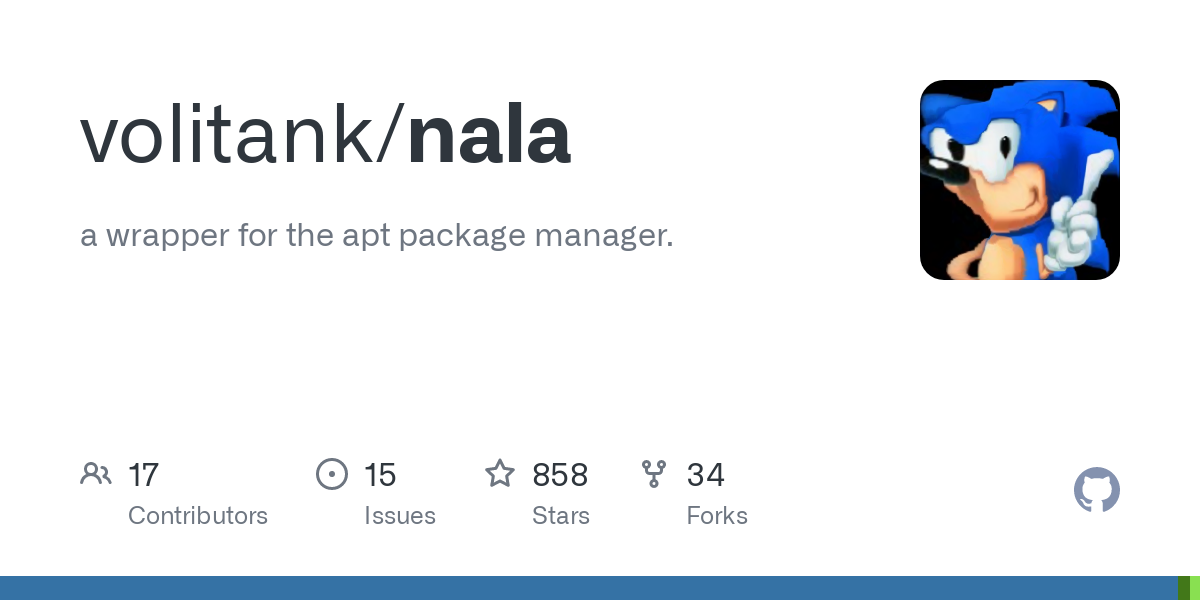
Jump ship. If you can make do without windows, do so. It takes away so much of the frustration, and you just learn to let it go when devs won't make linux-compatible binaries: after all, it's basically them telling you they need to be able to spy on you, so why use their app?








These both can be answered in depth at Debian's releases page, but the short answer is:
Debian developers work in a repo called "unstable" or "sid," and you can get those packages if you so desire. They will be the most up to date, but also the most likely to introduce breaking changes.
When the devs decide these packages are "stable enough," (breaking changes are highly unlikely) they get moved into "testing" (the release candidate repo) where users can do QA for the community. Testing is the repo for the next version of debian.
When the release cycle hits the ~1.5 year mark, debian maintainers introduce a series of incremental "freezes," whereby new versions of packages will slowly stop being accepted into the testing repo. You can see a table that explains each freeze milestone for Trixie (Debian 13) here.
After all the freezes have gone into effect, Debian migrates the current Testing version (currently Trixie, Debian 13) into the new Stable, and downgrades the current stable version to old-stable. Then the cycle begins again
As for upgrades to packages in the stable/old-stable repos: see the other comments here. The gist is that they will not accept any changes other than security patches and minor bug fixes, except for business critical software that cannot just be patched (e.g. firefox).